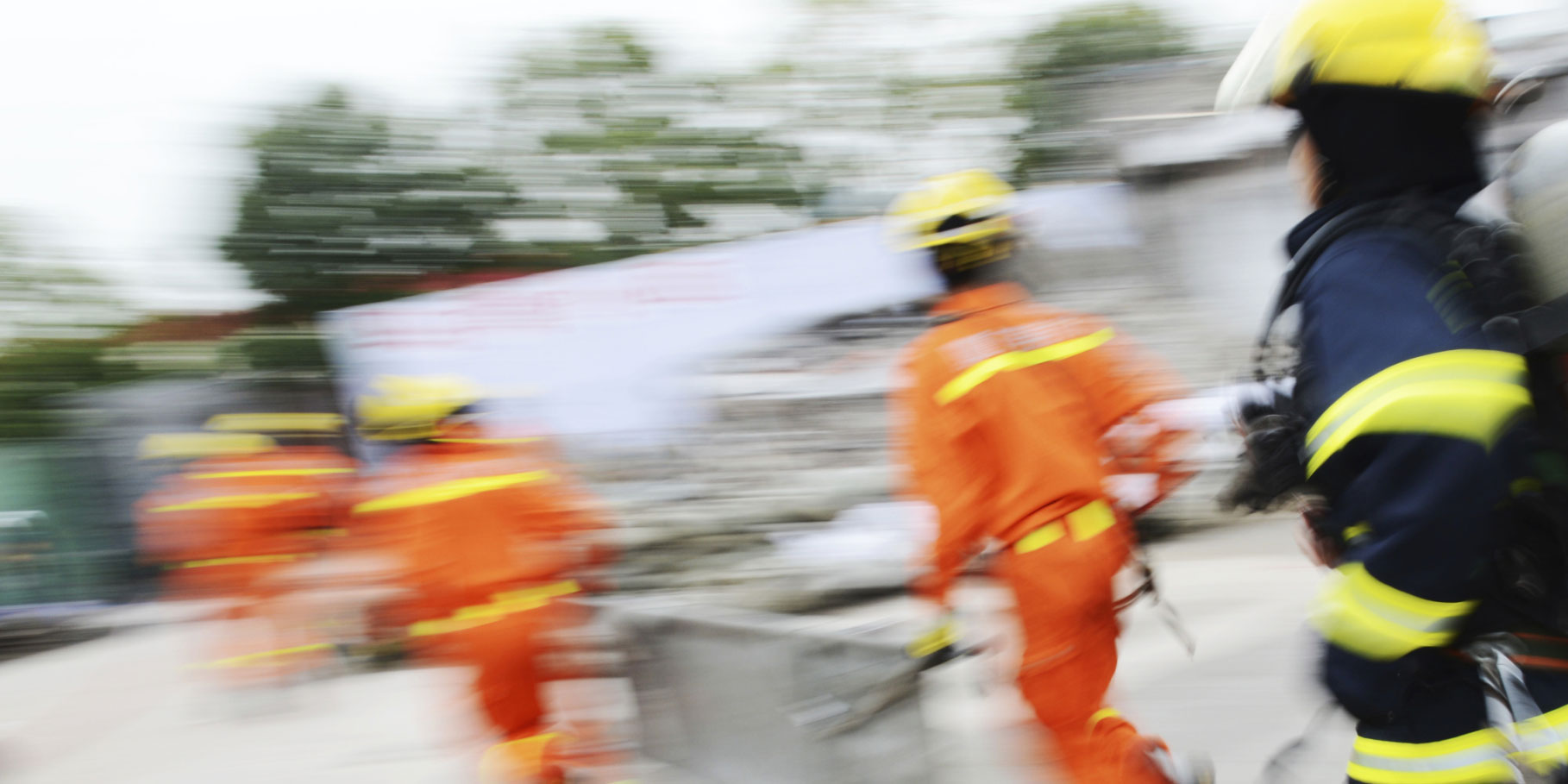Emergency Operations Centers Becoming Critical to Disaster Preparedness

These days, preparation and response to public crises like natural disasters, civil unrest and terrorist acts is a measured and coordinated event among crews of emergency services teams that may involve several jurisdictions and government agencies. When riots broke out last month in the streets of Baltimore, Md., Gov. Larry Hogan declared a state of emergency, and state agencies began coordinating at the State Emergency Operations Center.
Just a week later, a pair of ISIS-affiliated terrorists drove to the Muhammed Art Exhibit in Garland, Texas, and shot an unarmed security officer. Because of the event’s controversial nature, a strong law enforcement presence – including the FBI – had always been part of the event but organizers took an extra step and hired additional security, on the chance things turned violent. It proved to be a critical move in disaster preparedness.
Last week, Oklahoma Gov. Mary Fallin declared a state of emergency following severe storms and flooding. The action released resources and aid for thousands of residents in 12 counties.
These days, preparation and response to public crises like natural disasters, civil unrest and terrorist acts is a measured and coordinated event among crews of emergency services teams that may involve several jurisdictions and government agencies.
But it wasn’t always this way, and part of the improvement of disaster preparedness and response can be credited to the rise of emergency operations centers, said Ron Wakeham, chair of Embry-Riddle Aeronautical University – Worldwide’s Security and Emergency Response department and chair of the Bachelor of Science in Emergency Services program.
Emergency operations centers are centrally located systems of teams consisting of first responders, members of law enforcement, firefighters, healthcare workers, hospitals and other entities. People who staff the centers are routinely trained to prepare for a wide range of crises including train wrecks and plane crashes.
Wakeham, who has more than 40 years of experience in emergency management, says he has seen the establishment of emergency operations centers evolve rapidly in the last 15 years.
Prior to that, emergency operations centers were mostly located in major cities and dotted some areas of the Midwest. Still, the emergency operations centers and emergency management practices that are commonplace today are the result of years of major crises, Wakeham said.
When a plane crashed in January 1982 into Washington’s 14th Street bridge, it severed the main artery between the nation’s capital and Arlington, Va., and killed 75 passengers. A system of disaster preparedness and response was not in place and chaos ensued, Wakeham said.
After hitting the bridge, the plane tipped over into the icy Potomac River, adding to severity of the situation. Coordination of rescue efforts were hampered by emergency crews’ inability to communicate with each other, Wakeham said.
“No one could talk to anybody,” he said. “It was a disaster within a disaster.”
The fear of a nationwide digital shutdown at the turn of the century led to the creation of many emergency operations centers, but it wasn’t until Sept. 11 that the establishment was seen as a critical component of disaster preparedness and response, Wakeham said.
“That’s when people really started committing resources to it,” he said.
Today, emergency operations centers can be found in both large metropolitan and rural areas and they also operate within popular events like NASCAR races, the Boston Marathon and the Super Bowl.
Wakeham estimates there are roughly 30,000 emergency operations centers across the United States and he expects that number to grow.
“(Emergency operations centers) has been talked about for 30 to 40 years but after every major incident, it becomes more defined,” Wakeham said. “With the threat of terrorism, I look forward to most EOCs being partially activated all the time.”
